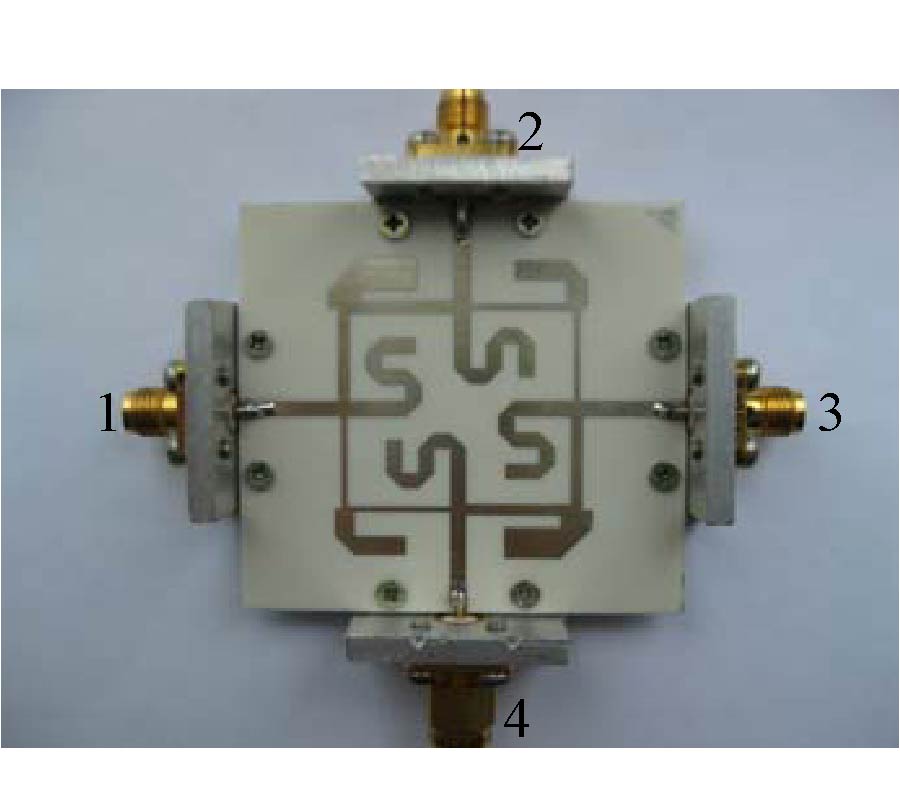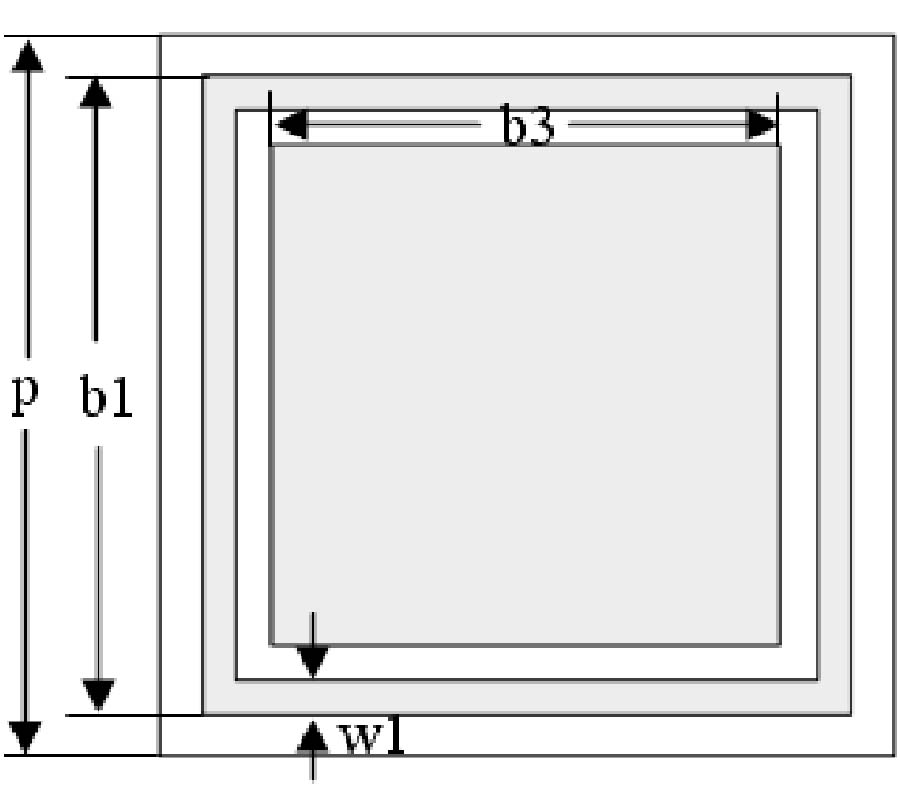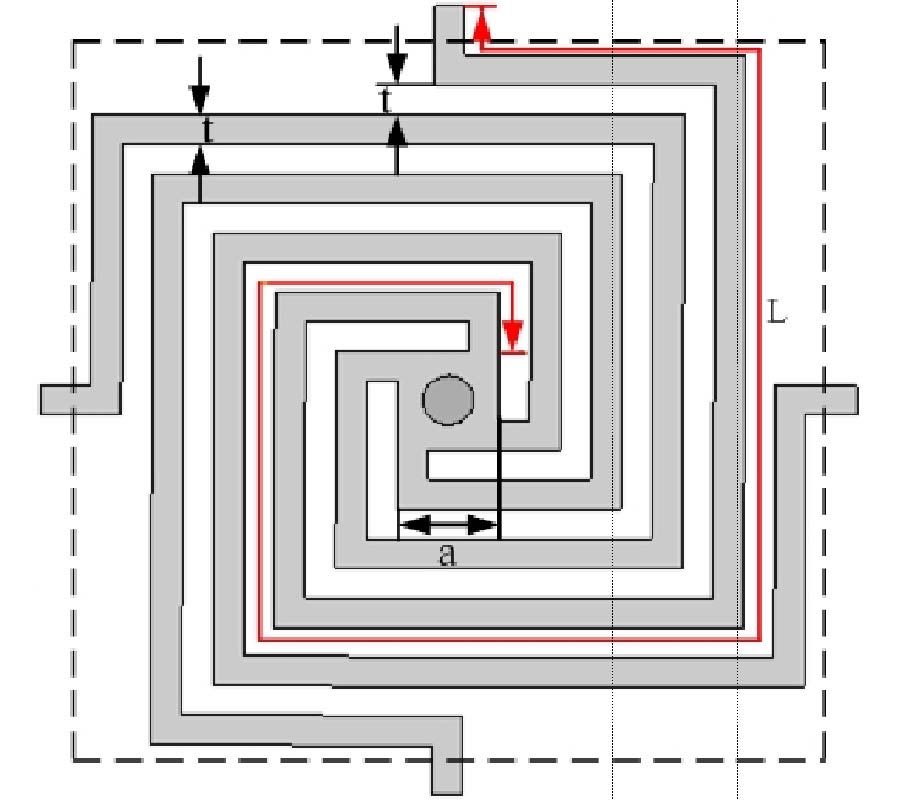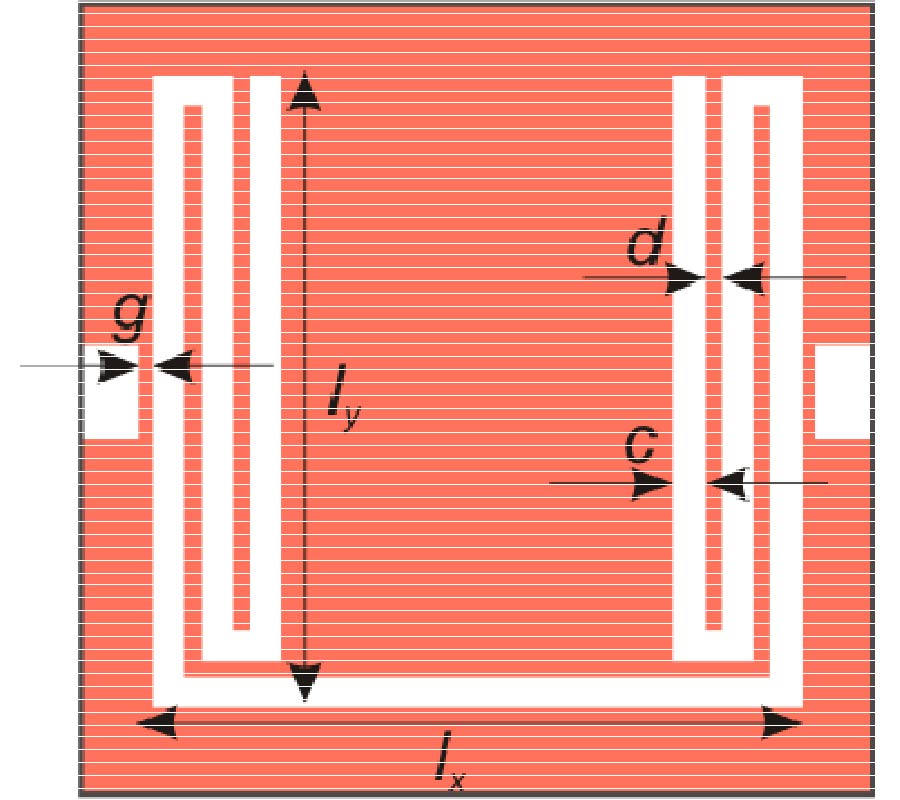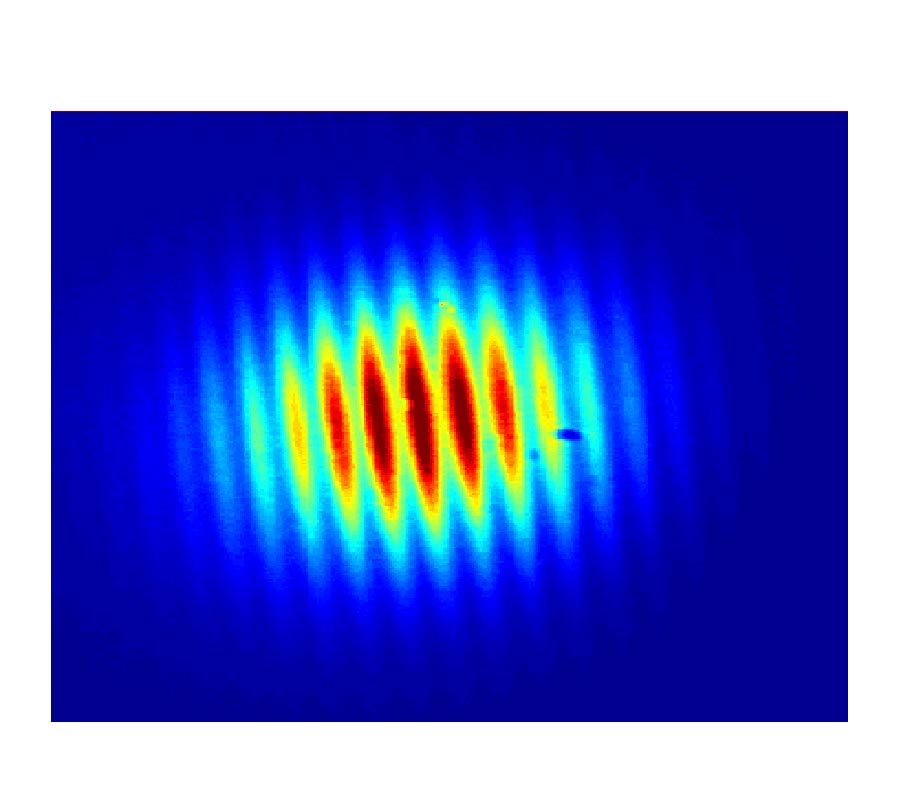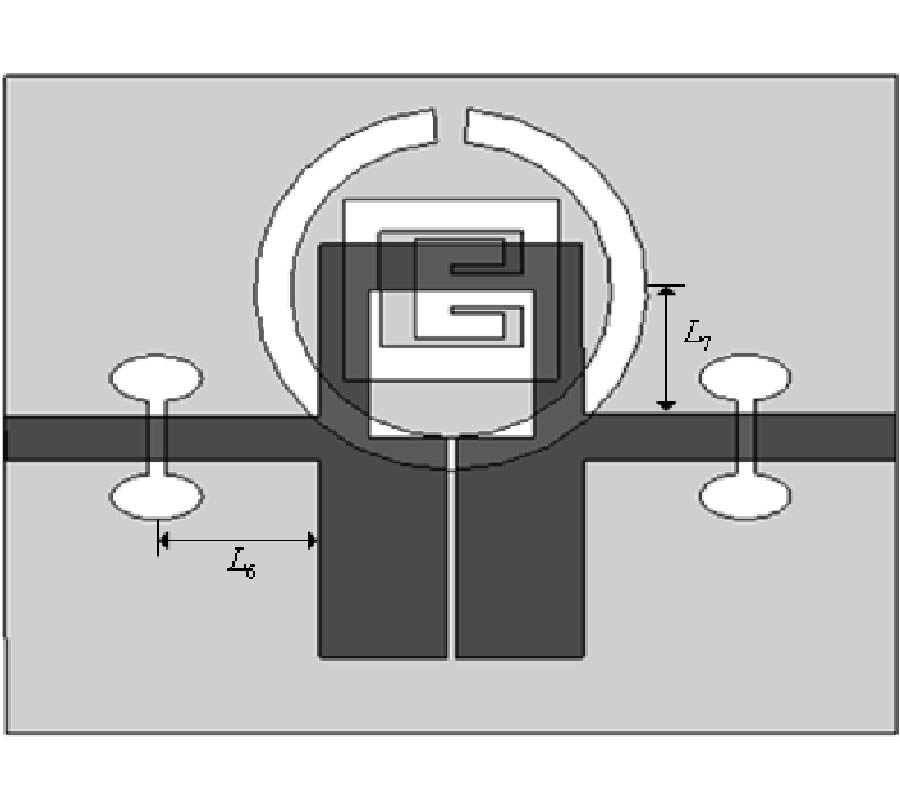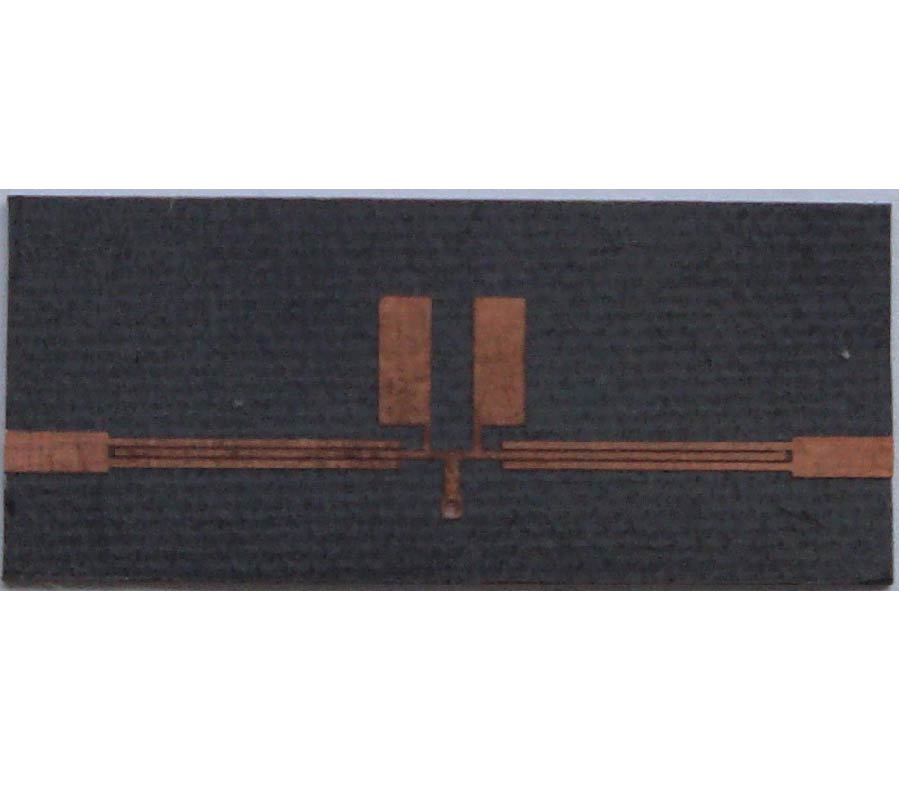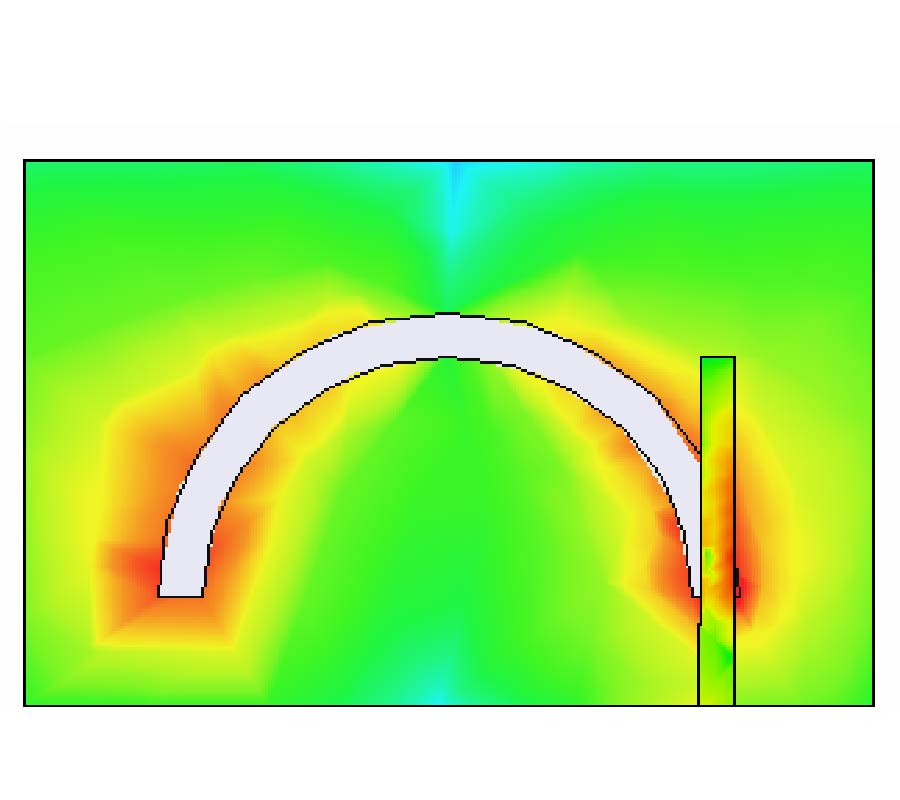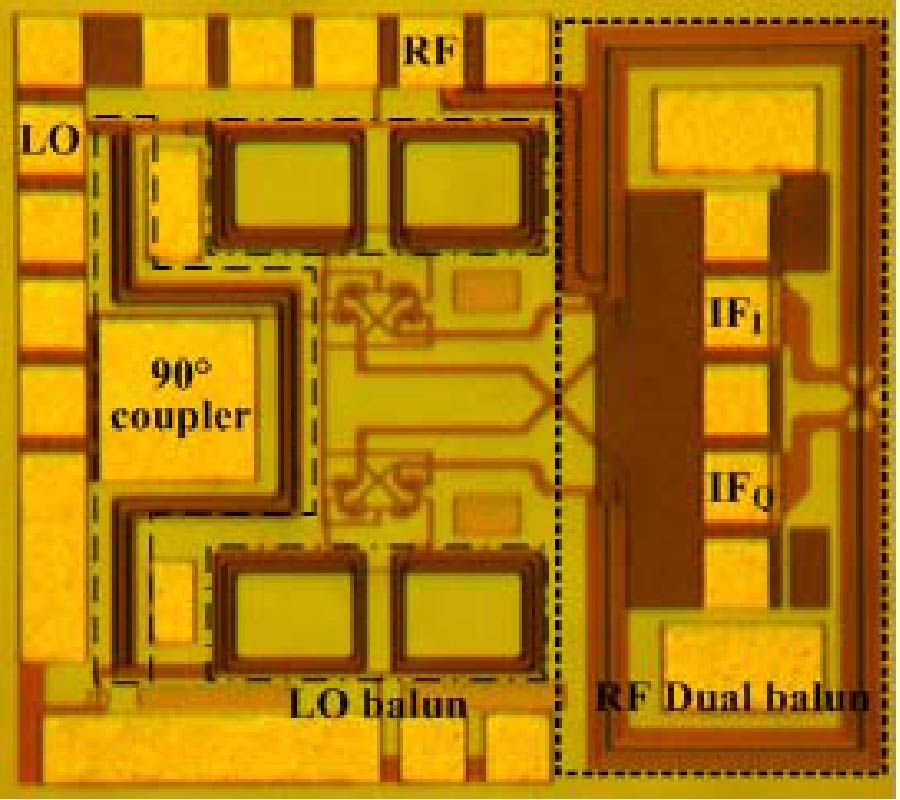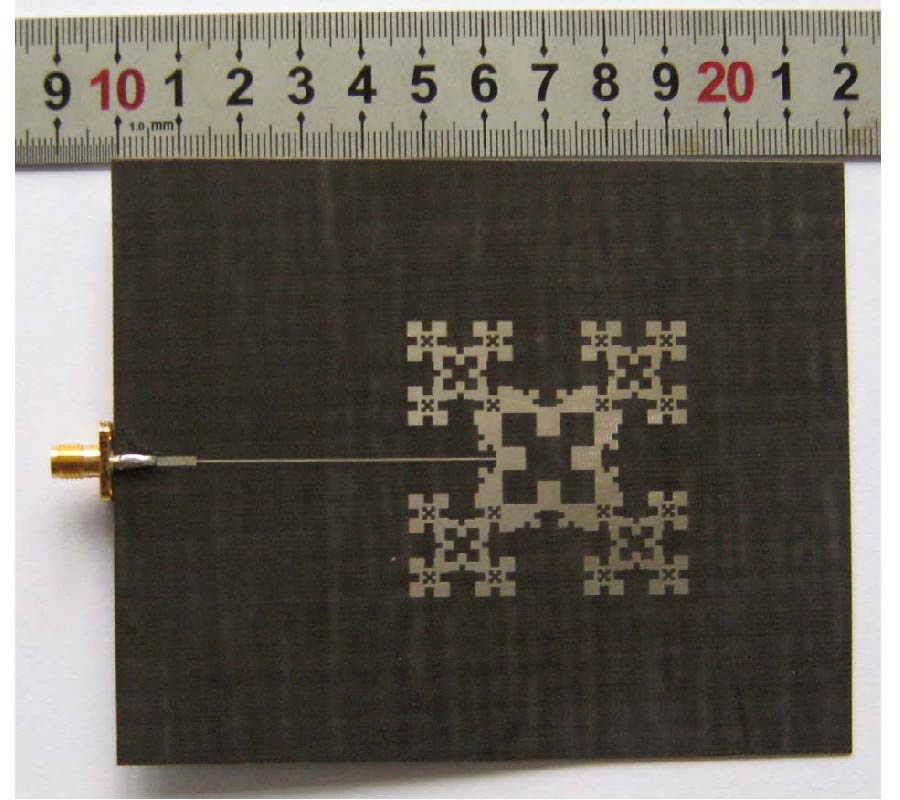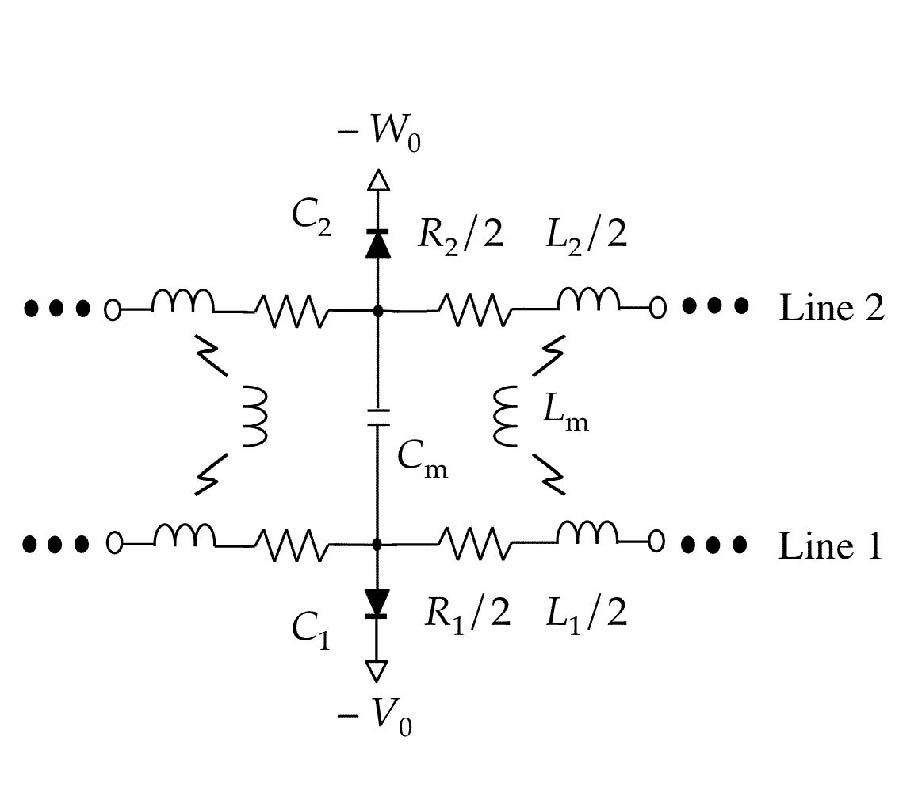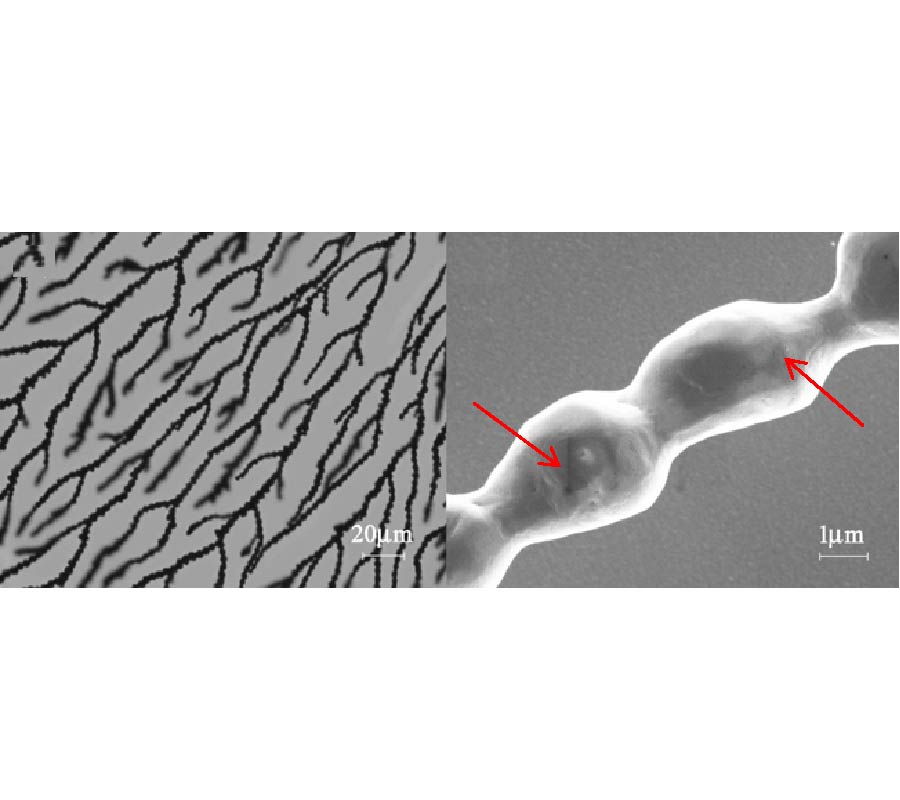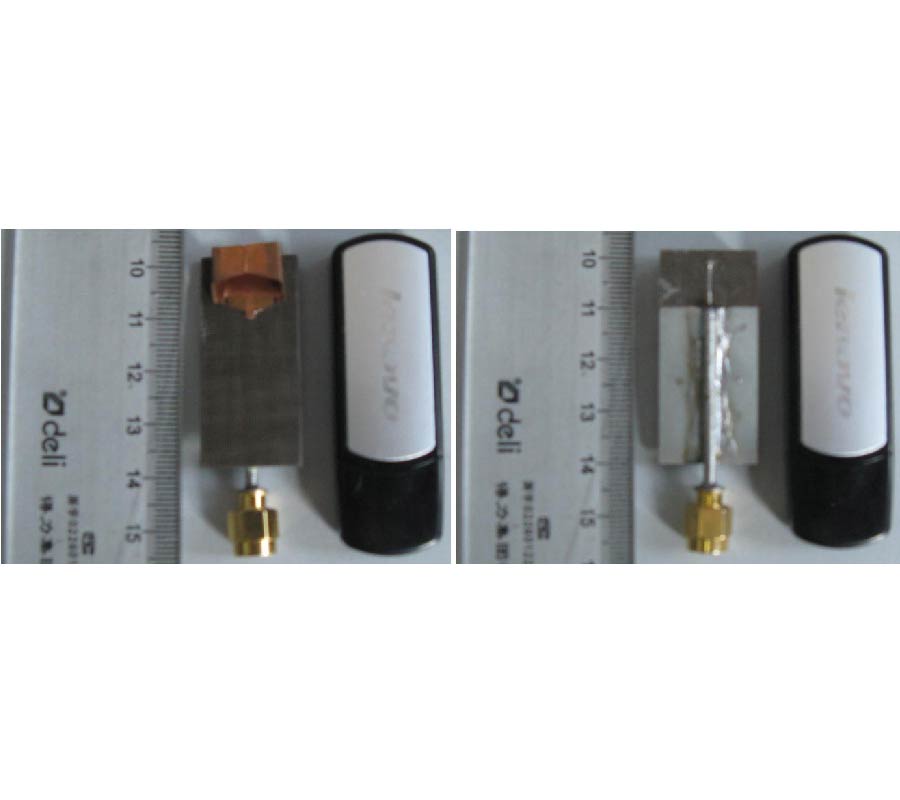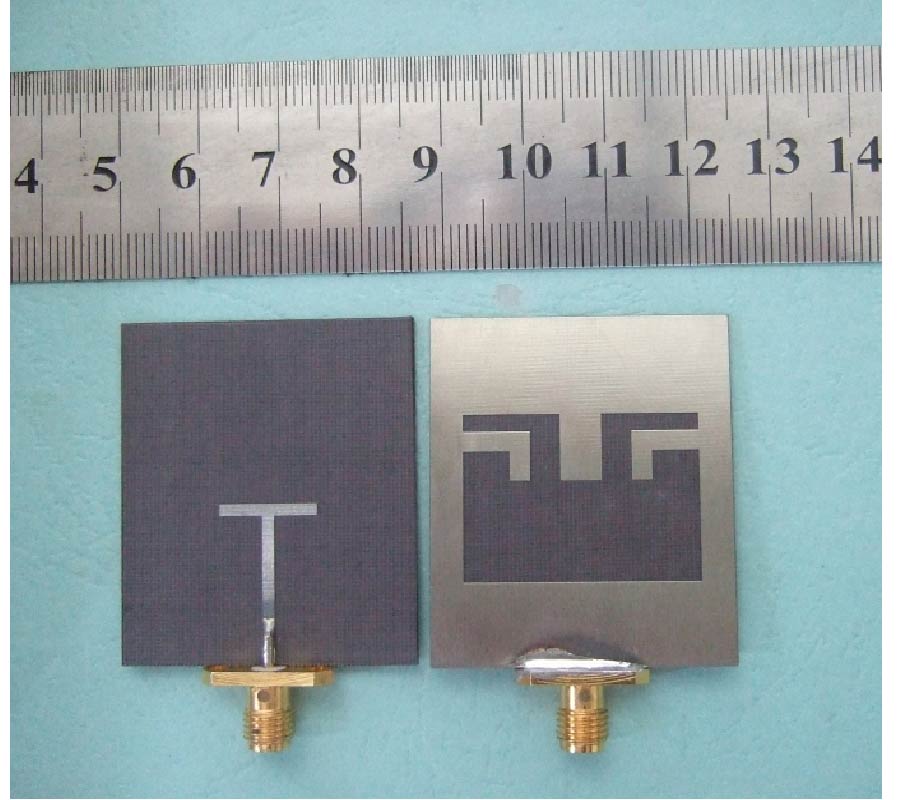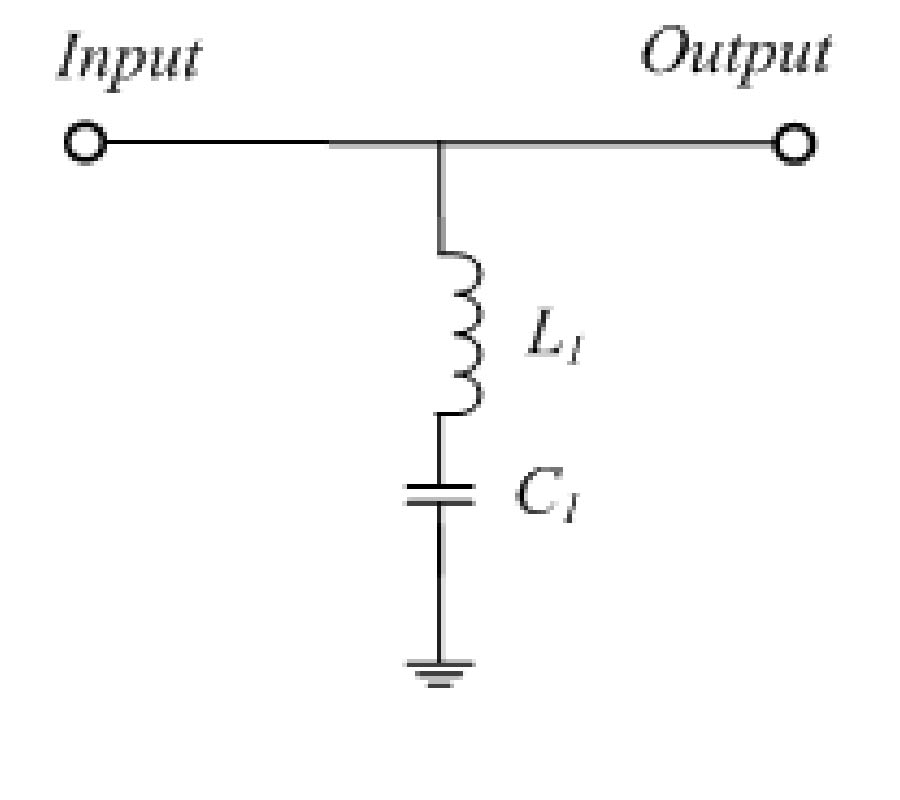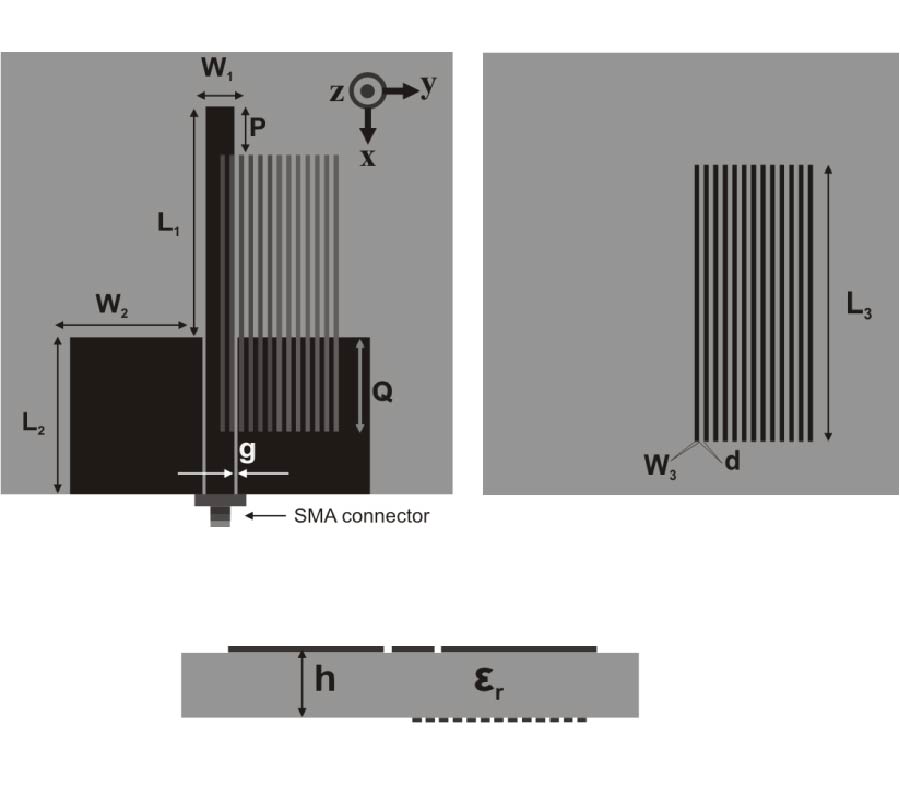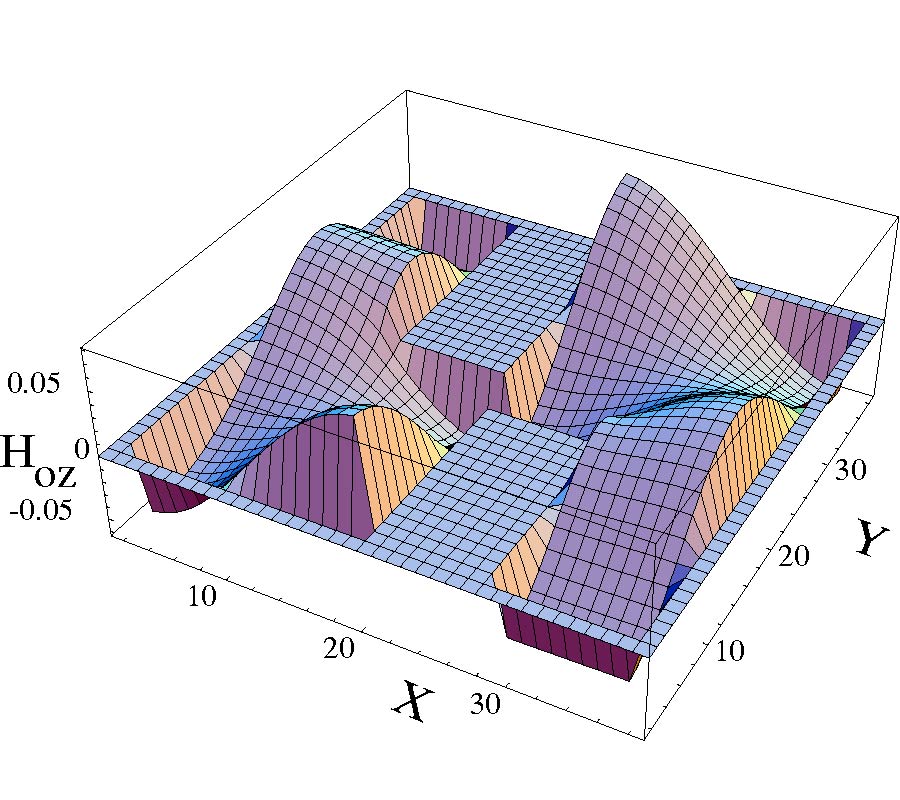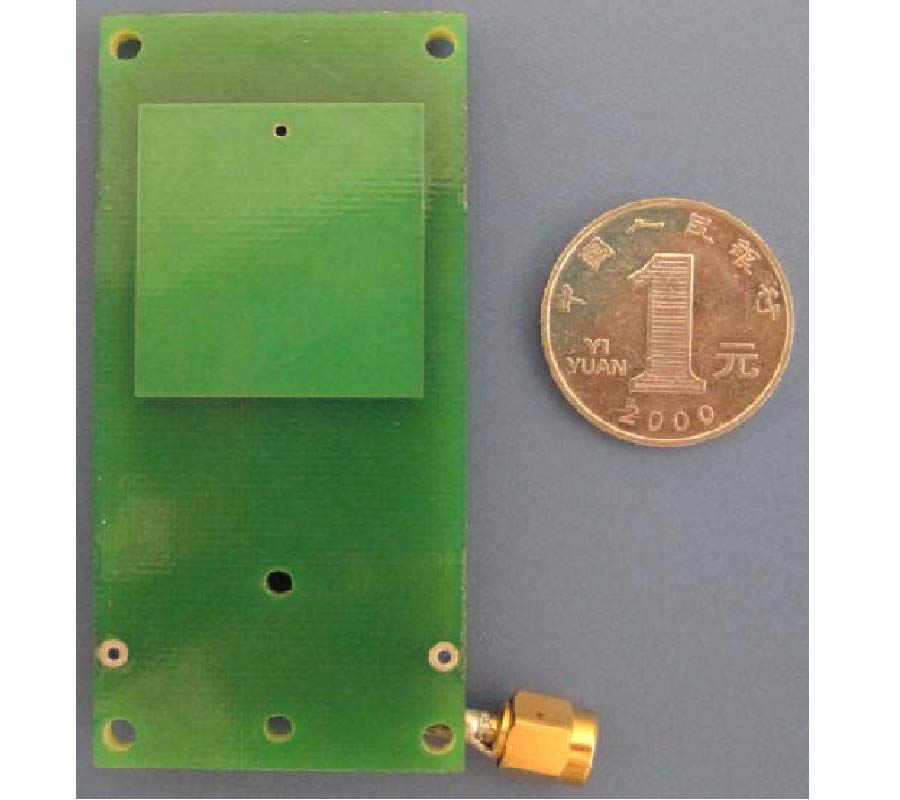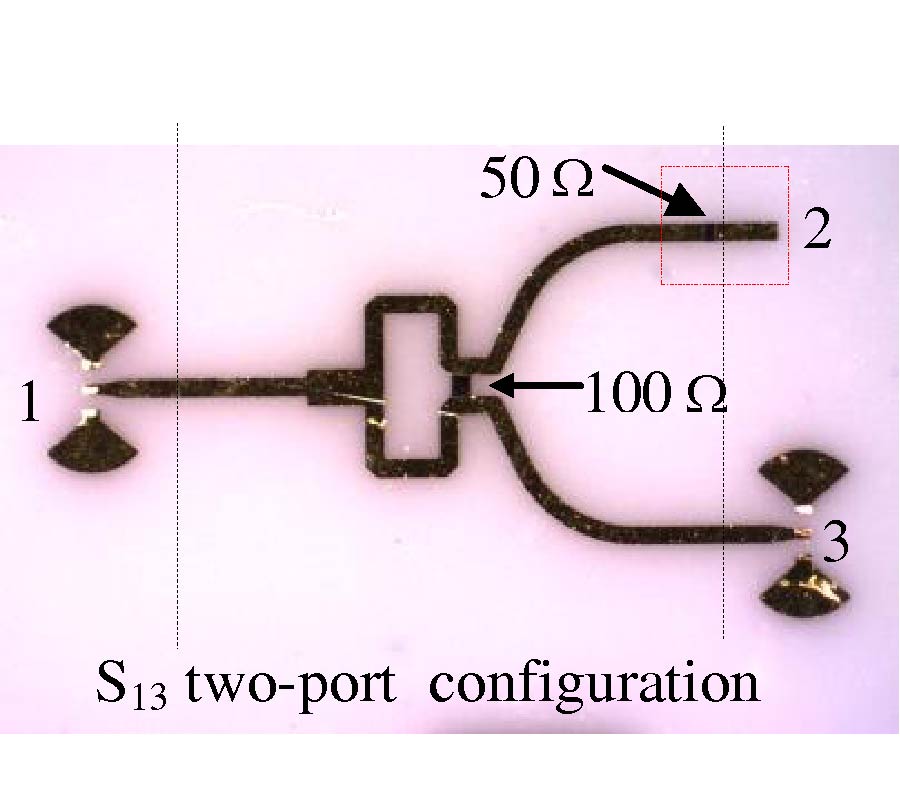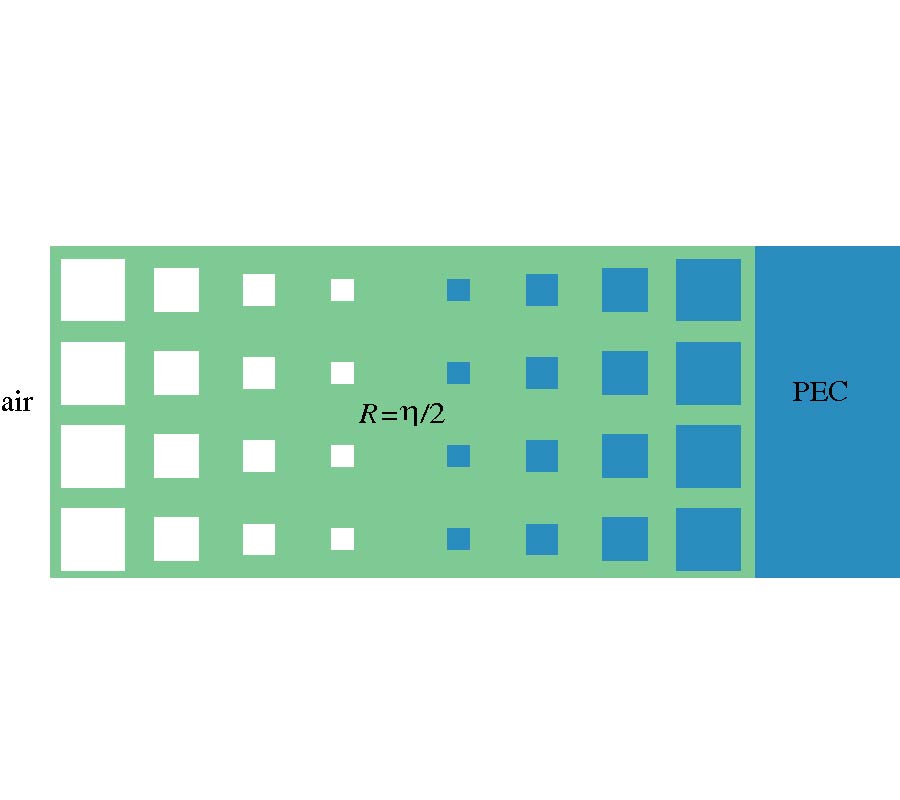2010-09-24 Latest Published
By Bo Li
Xidong Wu
Wen Wu
Progress In Electromagnetics Research Letters, Vol. 17, 181-189, 2010
Abstract
This paper presents a miniaturized branch-line coupler with suppression of wideband harmonics based on a unit of transmission-line section with triple-stub. This fundamental unit produces three transmission zeros and exhibits wide stopband response due to the triple stubs. It is used to replace a quarter-wavelength line in conventional branch-line coupler, leading to size reduction and wideband harmonics suppression. The closed-form equations are given for the coupler design. As an example, a branch-line coupler operating at 1.0 GHz is designed, fabricated and measured. Measurements agree well with simulations, and show that the proposed branch-line coupler occupies 56% size of a conventional one and achieves wideband harmonics suppression (better than 17 dB) from 1.8 GHz to 6.4 GHz. The 2nd, 3rd, 4th, 5th, and 6th harmonics are suppressed better than 34 dB, 19 dB, 30 dB, 17 dB, and 32 dB, respectively. With the theoretical analyses and practical results, it is shown that the proposed one has the advantages of simple structure, convenient analysis and wideband harmonics suppression.
